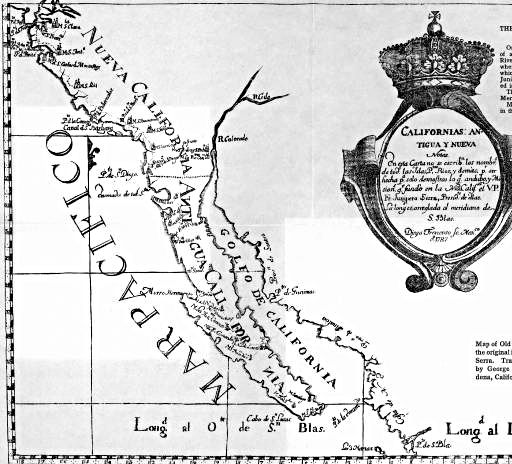Quote: Originally posted by elbeau  | When you consider the size of the native population, there were very few soldiers stationed in the Jesuit missions. I know Baegert reports that there
were around 60 total soldiers in the peninsula while he was there. I remember Aschman making special note of how few soldiers were involved in the
entire Jesuit effort.
Essentially, a country with a population of ~50,000 was conquered by a very small handful of soldiers and a very aggressive religious campaign.
[Edited on 2-19-2015 by elbeau] |
the europeans arrived with very effective WMDs, like small pox - was a cake walk to take over the territory |





